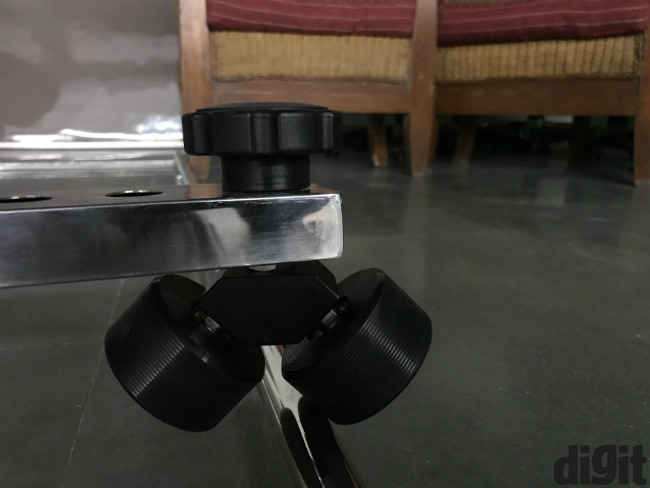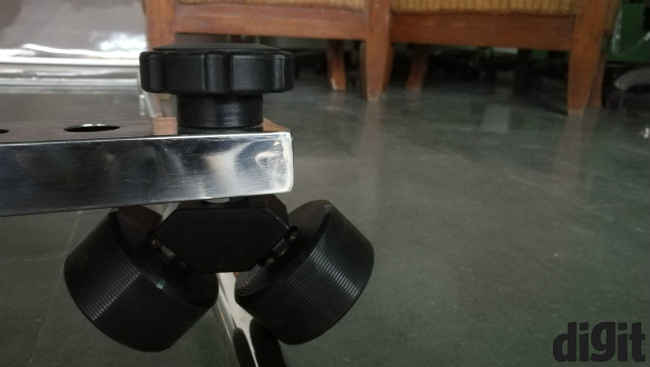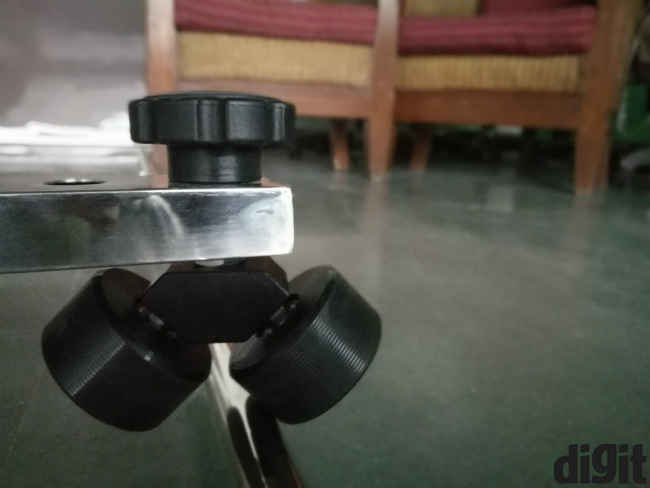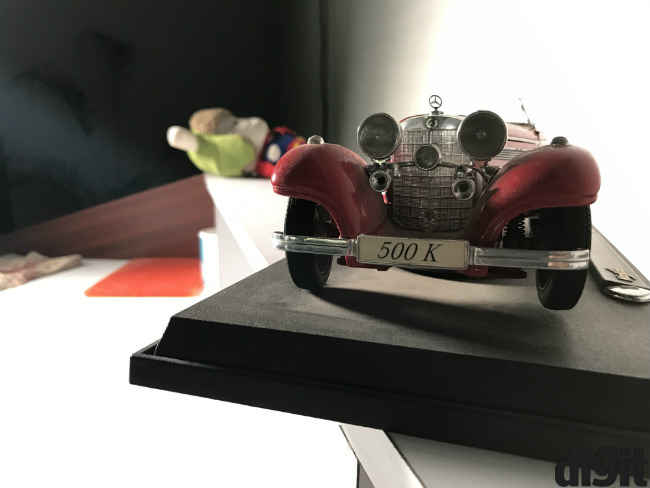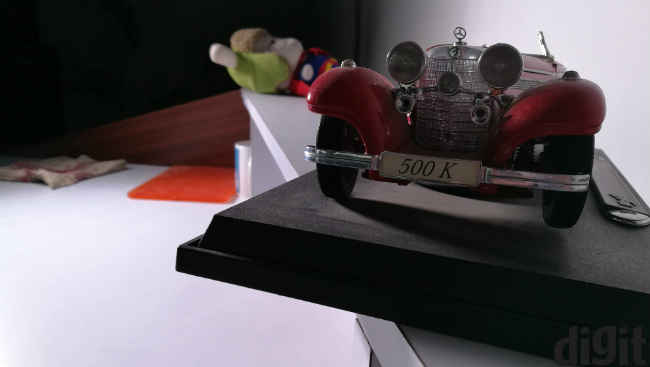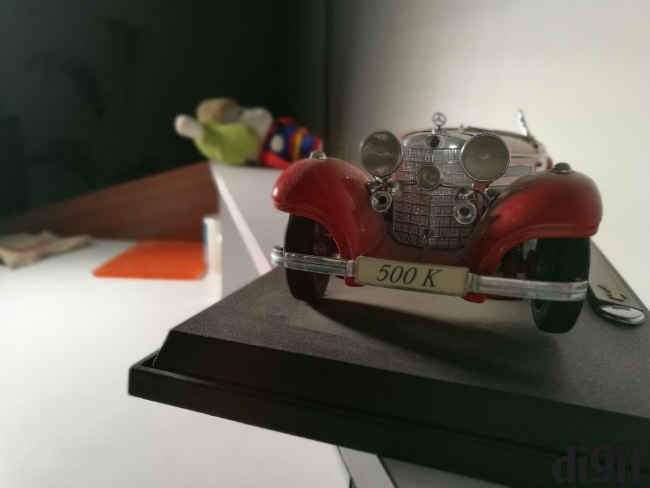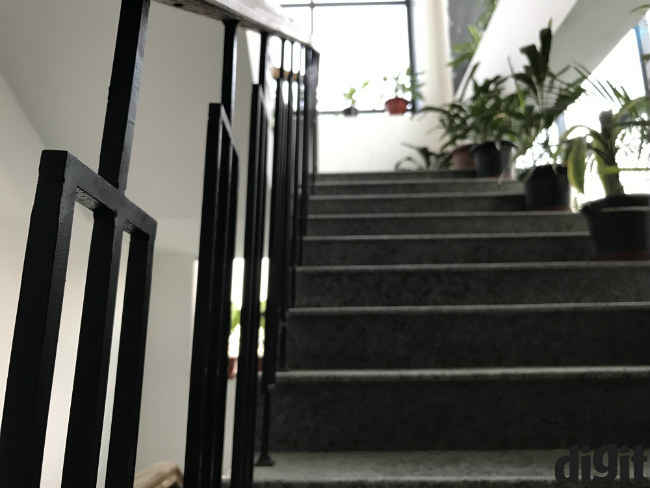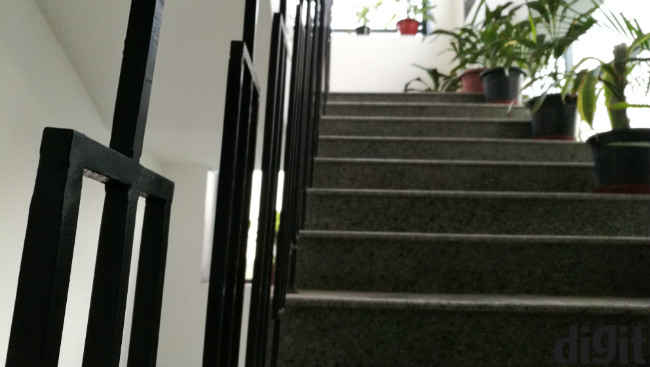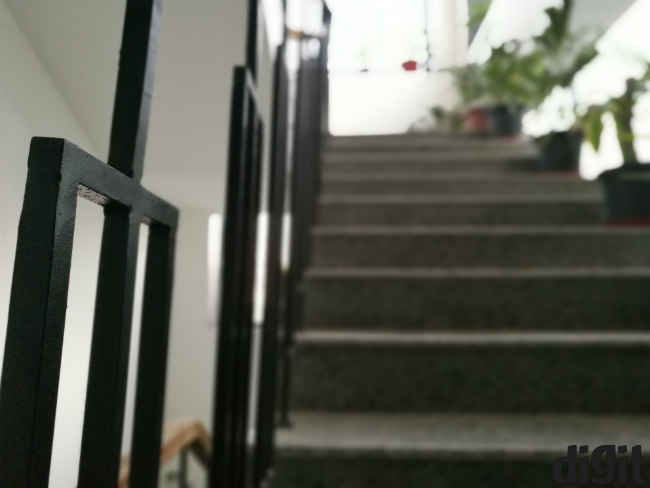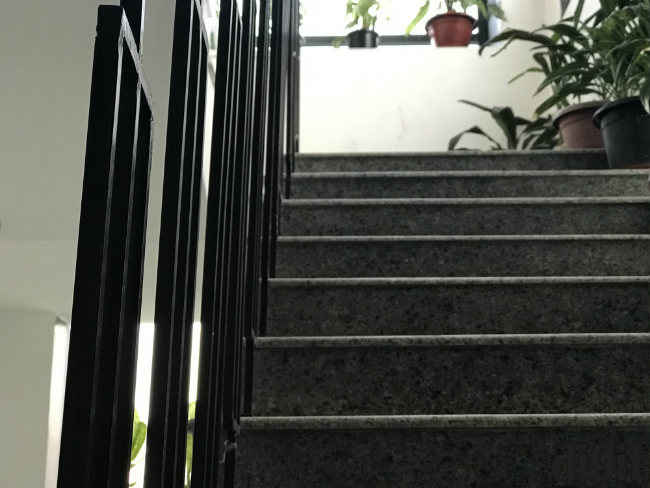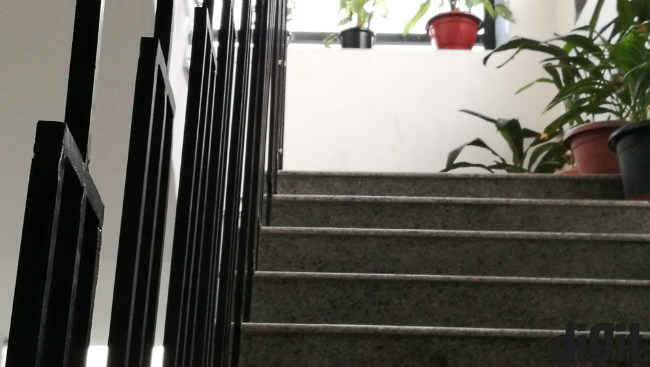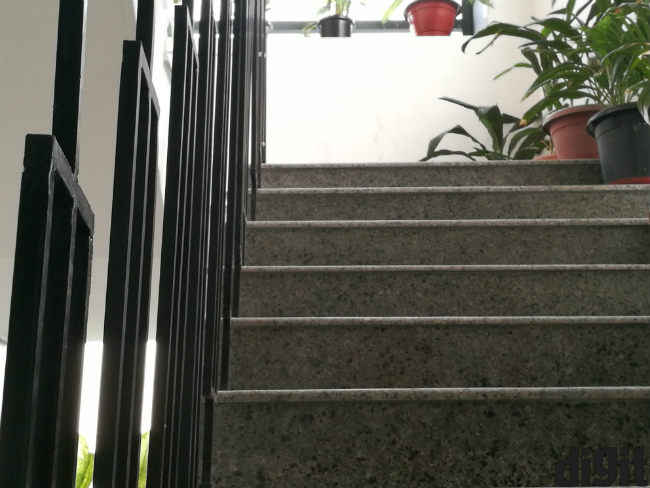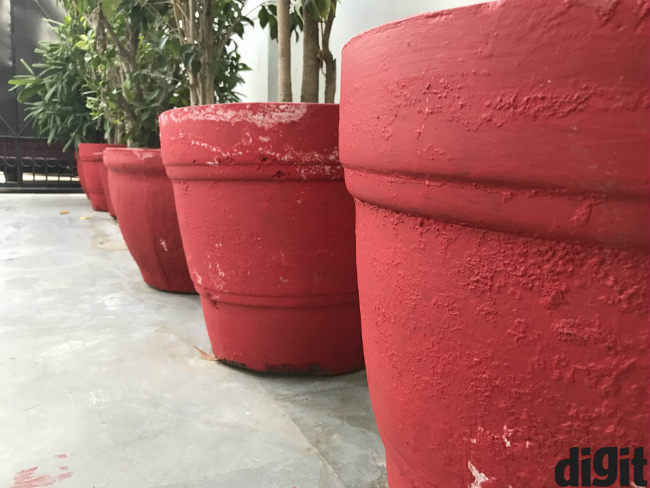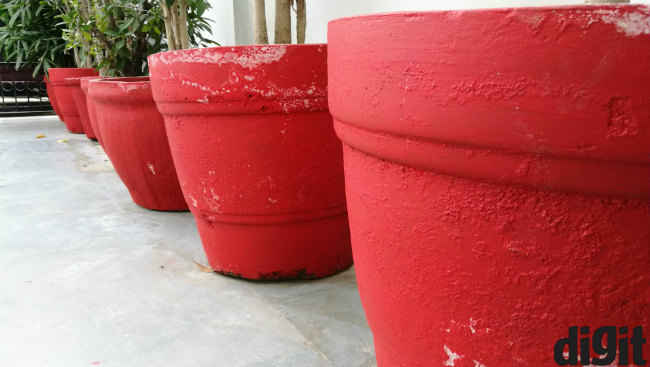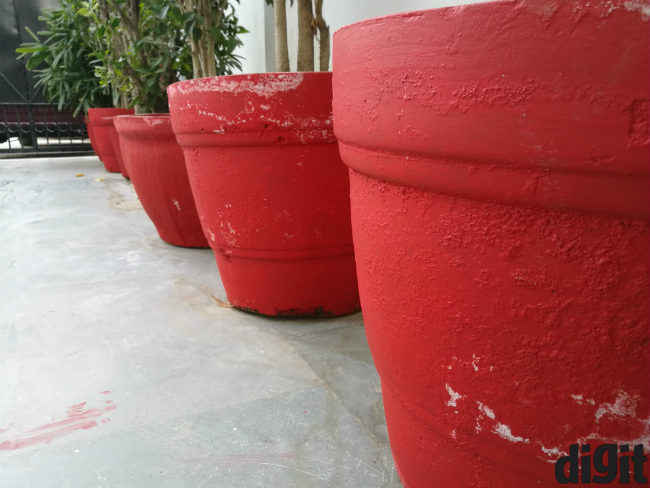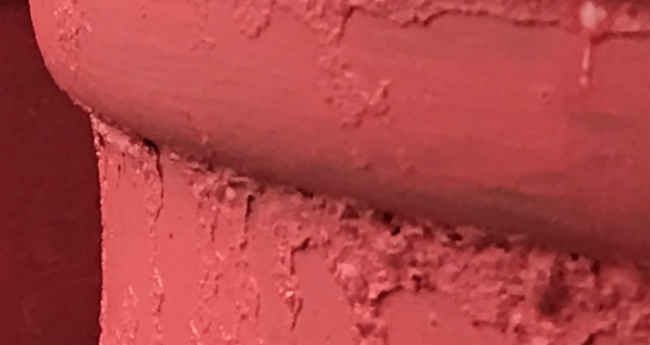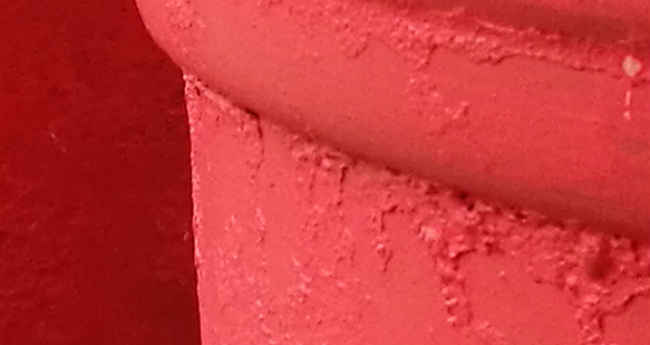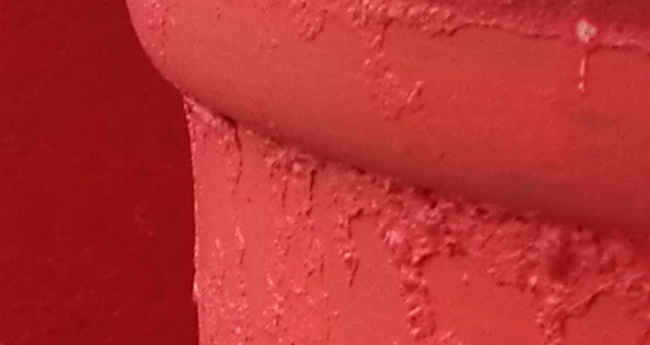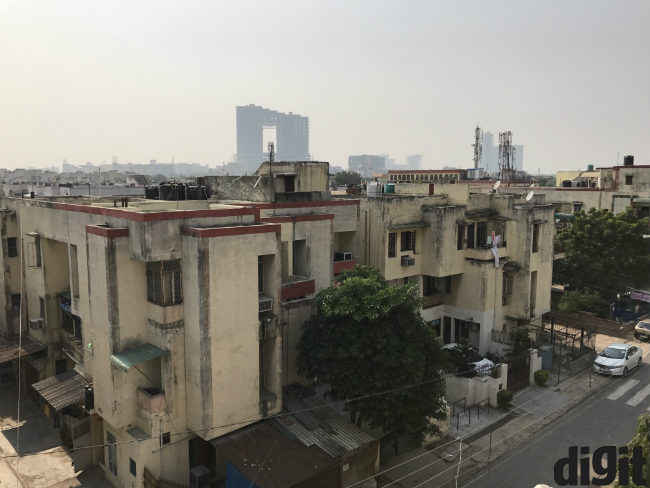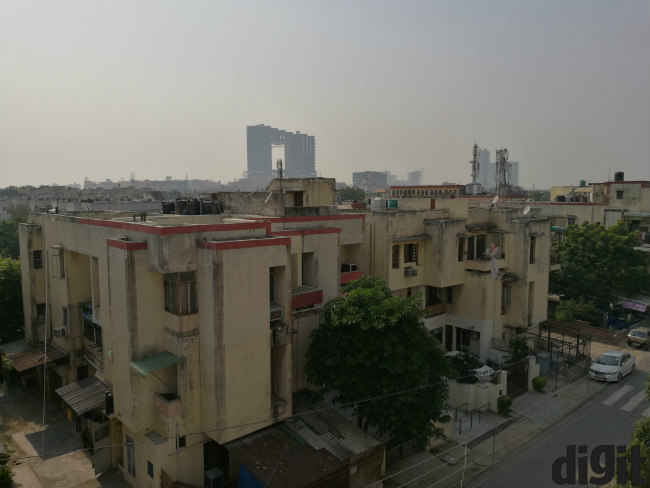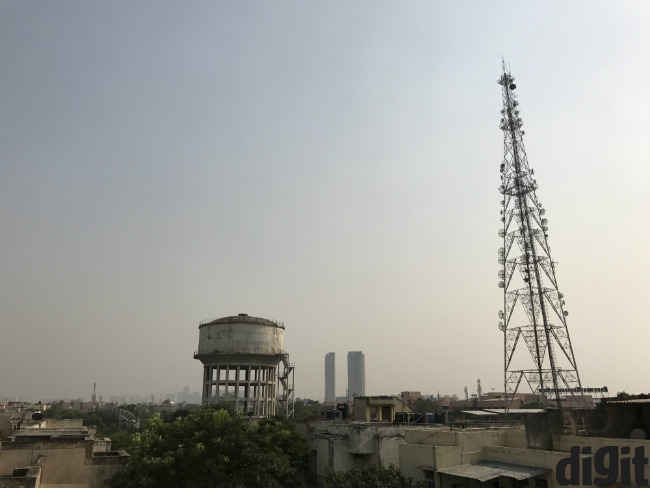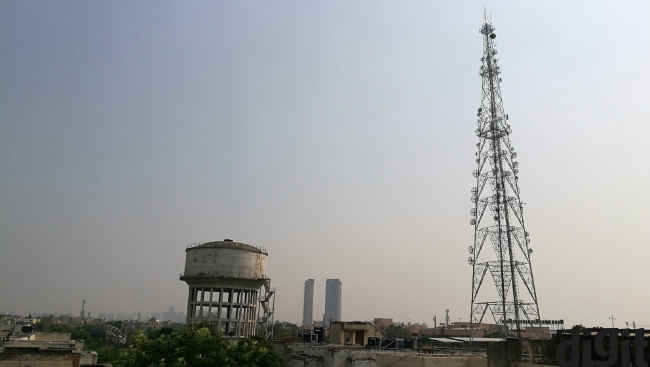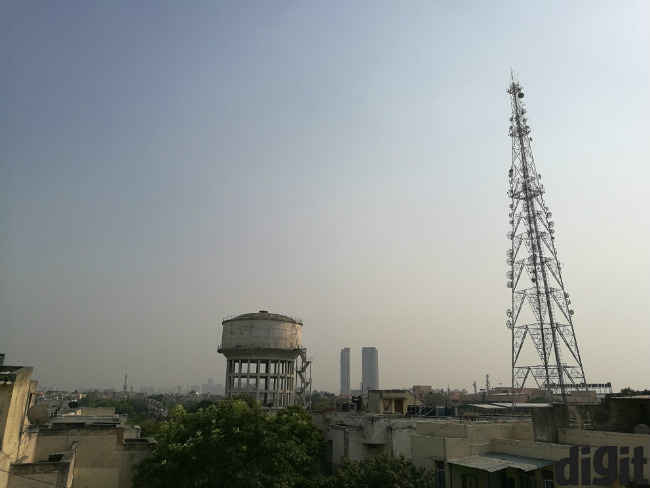Dual-camera shootout: Apple iPhone 7 Plus v. Huawei P9 v. Honor 8
Here, we explore the dual-camera mechanism of the Apple iPhone 7 Plus, in comparison with the Huawei P9 and Honor 8. We discuss image quality, bokeh effect, clarity and image noise, and try to determine which is the better implementation among the three.
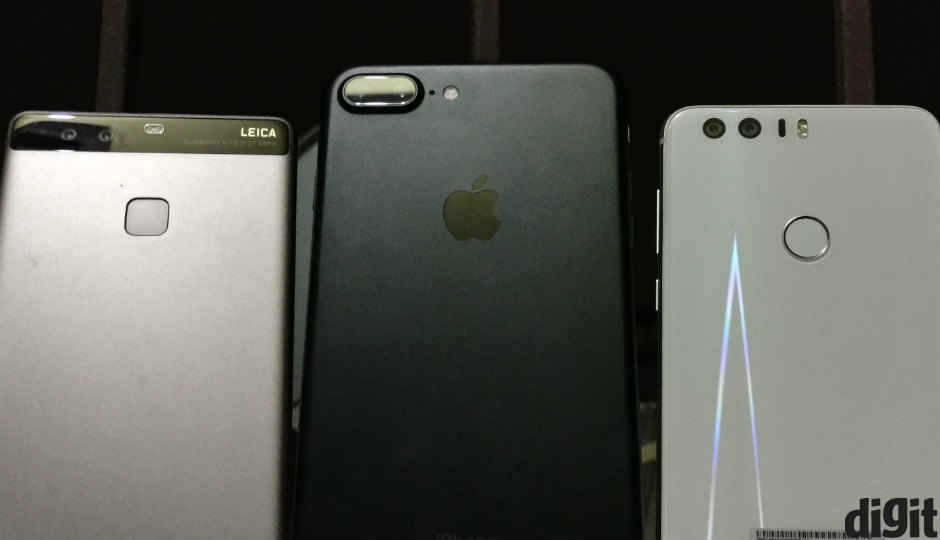
Dual-camera phones have steadily been on the rise. After the introduction with Honor 6 Plus and QiKU Q Terra, we have now seen the likes of LG G5, Huawei P9, Apple iPhone 7 Plus, Xiaomi Mi 5s and Honor 8 adapt two cameras on the rear. Today, we have three such devices – the Apple iPhone 7 Plus, along with the Huawei P9 and Honor 8.
 Survey
SurveyThe implementation of dual-camera technology on the Apple iPhone 7 Plus is different from that of the Huawei P9 and Honor 8. The iPhone 7 Plus uses two lenses of varying focal lengths and maximum aperture to improve details, light, depth of field and present optical zoom in the process. The Huawei P9 and Honor 8, meanwhile, focus solely on improving details, light and colour, and the shallow depth of field in the two cameras are mostly processed by algorithms.
In this article, we explain how the cameras function, and present to you a short comparison on which looks superior. Let’s begin.
How the cameras function
The Apple iPhone 7 Plus uses two lenses on the rear – a 28mm, f/1.8 (35mm-eq) wide angle, and a 56mm, f/2.8 (35mm-eq). The two lenses, unlike most of the dual-camera implementations we have seen so far, do not segregate capturing colours and details between each other to preserve rich details, contrast and saturation levels. Instead, Apple has claimed to have used a ‘larger’ image sensor on the iPhone 7 and 7 Plus to inherently improve details, image noise and low light performance. We do not have the specific details of the sensor’s size and make, but from Apple’s words, it is larger than the standard 1/2.3-inch type CMOS sensors that mobile cameras use.
Apple iPhone 7 Plus
Huawei P9
Honor 8
For the two cameras, when in wide angle, the 28mm lens shoots the photo, with the other sensor accompanying to improve light and details. The 56mm lens, meanwhile, adds a rudimentary form of optical zoom to the iPhone 7 Plus. From within the camera app, you can select ‘2x’ to jump to the telephoto lens, which (sort of) gives you optical zoom without any moving lens elements. It is to be noted that the sensor accompanying the wide angle lens also contributes to the light and details in the photograph shot when at 2x zoom. Despite that, images shot in telephoto are darker than similar digital zoom results of the Huawei P9 and Honor 8. Apple is also scheduled to add a special mode to create deeper bokeh than what the native f/1.8 lens is already capable of producing.
Apple iPhone 7 Plus
Huawei P9
Honor 8
The Huawei P9 and Honor 8, meanwhile, do not offer optical zoom. The dual-camera mechanism here is similar to what the QiKU Q Terra had implemented – use one sensor to capture the colours and details, and the other monochrome sensor to capture the whites and blacks, thereby adding sharpness and contrast. The Honor 8, like the iPhone’s to-be-received-soon bokeh optimisation, has a bokeh mode that creates distinctly softer backgrounds when switched on. The effect is somewhat similar to what you would attain by post-processing photographs on Google’s Snapseed photo editor, but the demarcation and focus on the foreground to natively blur out the background helps the Honor 8 to create deeper bokeh. The f/1.8 lens on the Apple iPhone 7 Plus does produce decently blurred backgrounds, but the software optimisation does play a major role in improving bokeh on the Honor 8.
For more extensive detail, you can read all about the Apple iPhone 7 Plus’ dual-camera mechanism here, and the Huawei P9’s dual-camera mechanism here.
Image quality, noise, bokeh, colours
On a single glance, all the three smartphones shoot ‘good’ photographs. The iPhone 7 Plus is distinctly more accurate with colours, and is far superior with optimally balancing the White Balance than the other two. The iPhone 7 Plus is also noticeably faster than both the Honor 8 and Huawei P9.
Apple iPhone 7 Plus
Huawei P9
Honor 8
In terms of colours, it is the iPhone 7 Plus that clearly produces more true-to-source colours. It retains the balance of warmth very well and does not oversaturate colours in the frame. The details are noticeably higher, and the overall image appears very, very sharp. As mentioned previously, the iPhone 7 Plus leads the class in terms of optimising white balance, and all of this – true-to-life colours, optimum contrast and vibrancy, rich details and good sharpness combine with minimal optical zoom and fast focusing to make the iPhone 7 Plus one of the most complete camera units to have been launched till date. The only real qualm here is in telephoto, the iPhone 7 Plus tends to shoot darker photographs, because of the f/2.8 aperture rating. the overall balance allows for such photos to be edited without marring the image quality, which is good, but by default, this is one point where the Honor 8 really excels.
Apple iPhone 7 Plus
Huawei P9
Honor 8
The Huawei P9, meanwhile, noticeably increases the saturation levels of colours to make them pop out and add vibrancy. You will notice the lesser amount of details when you look at finer crevices, shadows and contours on subjects, all of which are more crisp on the iPhone 7 Plus. The Huawei P9 also renders higher noise in photographs than the iPhone 7 Plus, although the image noise is not disruptive, and colours retain their own tone.
Apple iPhone 7 Plus
Huawei P9
Honor 8
The Honor 8 is somewhat similar to the Huawei P9, along with an added emphasis on bokeh. Images are fairly sharp, although noise levels are higher here. Colours are similar to the Huawei P9, and the software-enabled bokeh mode creates softer backgrounds than what the camera natively produces. The softer bokehs do look a little unnatural, and produced by software optimisation.
Image quality at 100% crop
The following samples show the difference in detail, noise and colours of a photograph shot by the three smartphones.
So, which is better?
It is to be noted that the iPhone 7 Plus is yet to get the software patch for enhancing blurred backgrounds. But even without that, it wins in terms of accuracy of colours, details, sharpness, white balance and low image noise – everything that is essential in producing good photographs.
Apple iPhone 7 Plus
Huawei P9
Honor 8
The Honor 8 produces better bokeh of the three, but the backgrounds look a bit unnaturally soft at times. The Huawei P9 gets our preference here, with very good vibrancy and richness of colours. It is not true to the colour tone of the image subject, and for anyone looking to post-process photographs, the iPhone 7 Plus is ideal. It also offers 2x optical zoom, although the range of the optical zoom is so limited that you may not find it entirely beneficial. Images are indeed superior in optical zoom in terms of details and sharpness than the 2x digital zoom photos of the Huawei P9 and Honor 8, but the perks of this zoom seems minimal.
Apple iPhone 7 Plus
Huawei P9
Honor 8
Optical zoom on smartphones have made an ideal case with the Moto Z’s Hasselblad True Zoom MotoMod, which provides a distinct and noticeable upgrade over the standard smartphone camera. The iPhone 7 Plus may not have that big an impact with optical zoom, but it is certainly the better implementation of dual-camera setups, than the Huawei P9 and Honor 8.
